Cheap Wines (And Many More Food Products’) Shocking Ingredients!
Still fretting over the horse-meat scandal? There might just be an unwelcome surprise in the foods you eat every day (like fish guts in your cheap wines)…
Bon appétit!
20. Fish Guts In Echo Falls
There’s a fishy ingredient in our favourite white, rose and red wines and we’ve all been drinking it unknowingly for years…
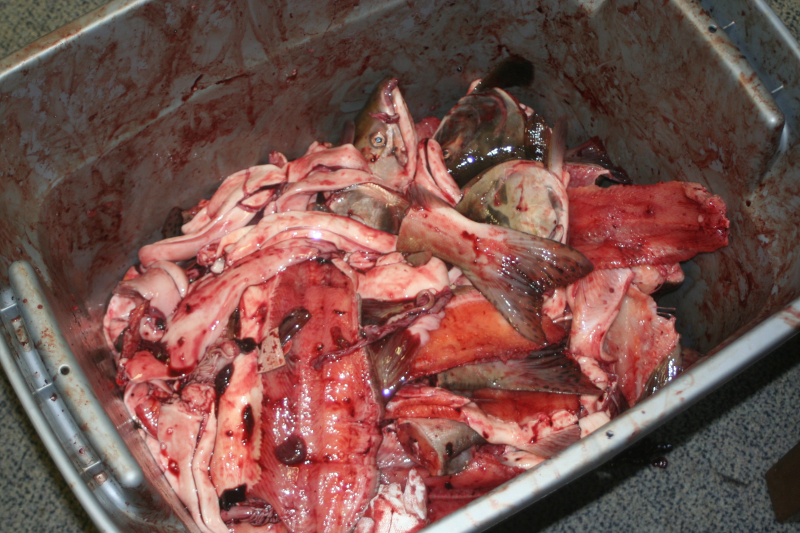
https://www.instagram.com/p/BwhcyO2hnSB/
We’re talking about ‘isinglass’: an ingredient sourced directly from the dried swim bladders of fish. It’s contained in many cheaper wines, including sparkling wines, rose, red and in white wine too. Great wines, eh?!
Obviously – by the time the tipple reaches our thirsty lips – it doesn’t really taste like fish, but next time you’re chugging back one too many, spare a thought for all the drink-producers out there for having to put up with that fishy smell… all in the name of cheap wines.
Maybe next time swerve the ‘wine deals’ section…
[dx_custom_adunit mobile_id=”RTK_qw1q”]
19. Fermented anchovies In Lea & Perrins…
Why would anyone attempt at making home-made Worcestershire sauce when you can buy that umami-flavoured perfection in a bottle, right?!
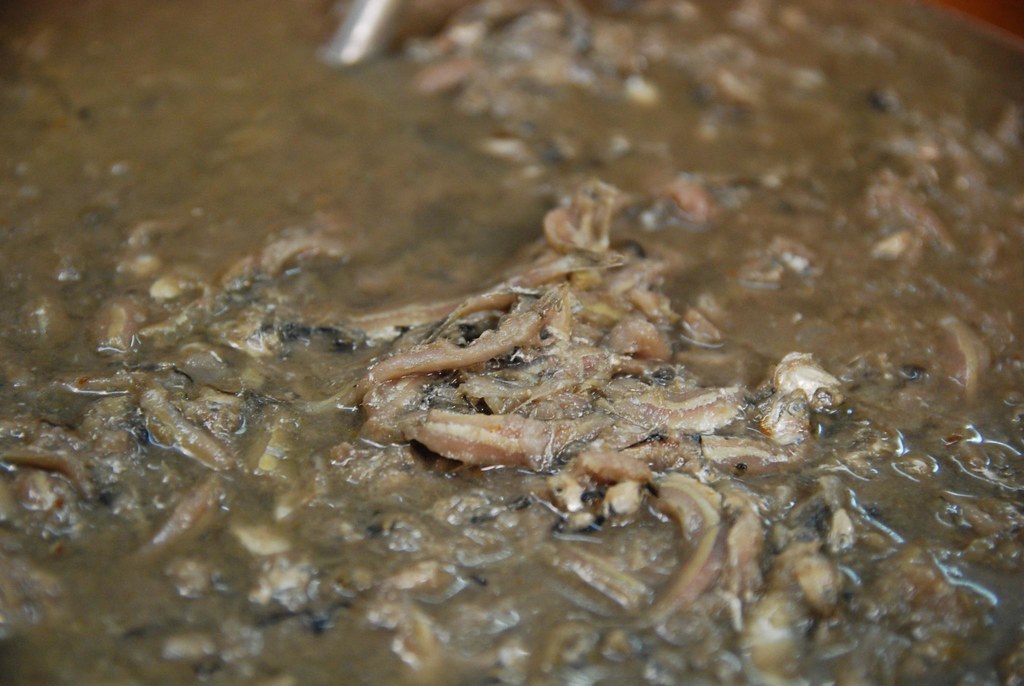
https://www.instagram.com/p/Bcp6bxnnBoU/
Well, you might think differently when you find out that your trusty Lea & Perrins – the sauce you slather on everything in sight – is actually made from fermented anchovies… Gross!
The exact recipe for the flavoursome source has been kept a secret, but back in 2009 a list of ingredients was found in a skip at the Midland Road factory in Worcester – including vinegar, molasses, sugar, salt, tamarind extract, onions, garlic, lemons, pickles, peppers and, of course, those anchovies (giving it its full bodied flavour)…
18. Animal Broth In Marshmallows…
Ever wondered why vegans avoid marshmallows? They don’t taste like they’d have animal produce in, do they?
Marshmallows aren’t a meat or dairy product per say, but they do have a (very) shocking connection to animals…
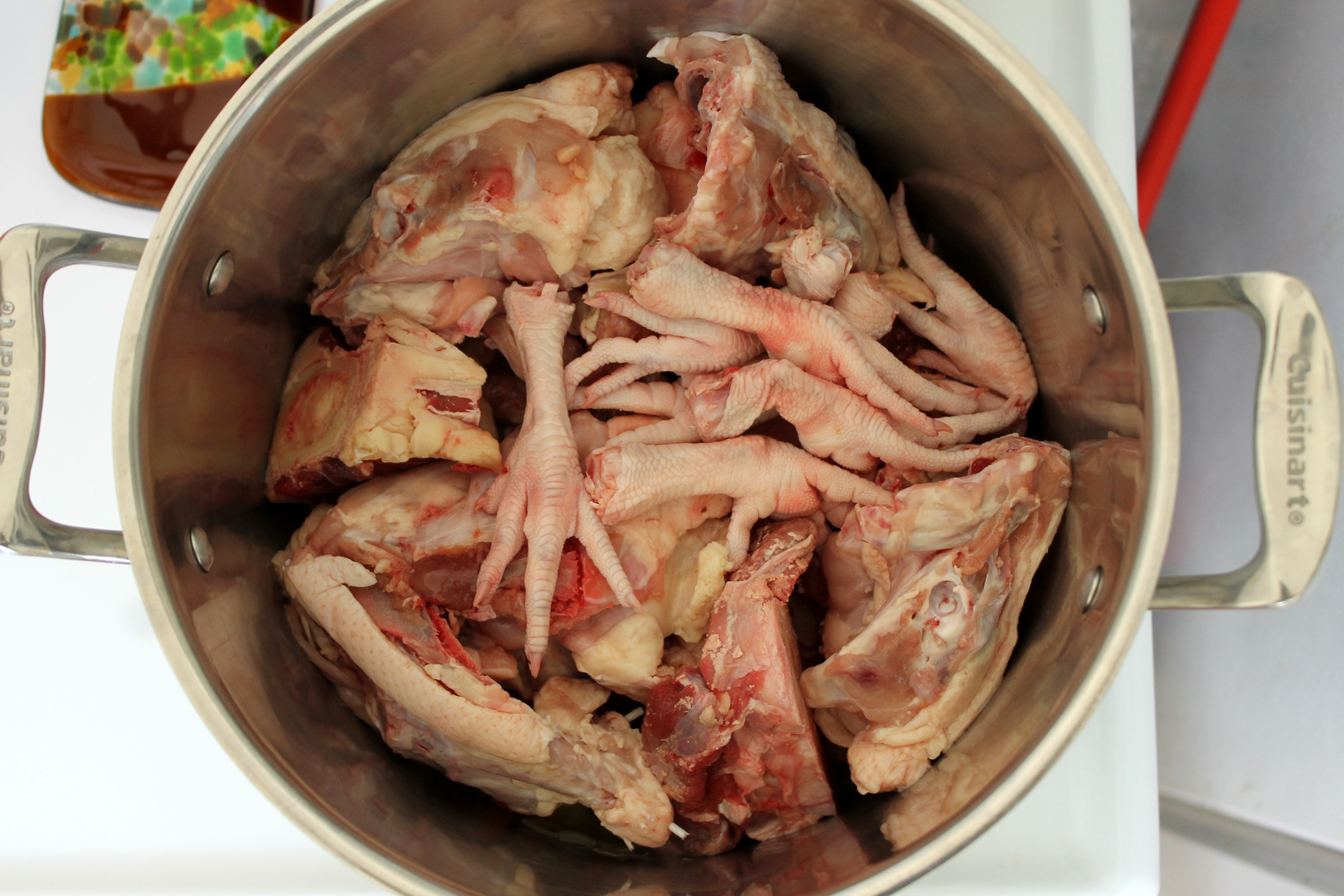
https://www.instagram.com/p/BwrR46HADqo/
Your tasty, sugary, favourite (or what used to be until now) sweet treat is actually made from gelatin (aka boiled hides and bones of animals). Yep, that’s right – you’ve been finishing off your hot chocolate with the bones of cows for decades…
If you’d ever wondered how marshmallows achieve that perfect, fluffy, cloud-like texture you’re about to find out…
In commercial marshmallow manufacture, the gelatin (the protein derived from animal skin, tissue and bones) is cooked with sugar and syrup before being whipped and compressed, air bubbles are injected and the marshmallows are shaped ready for you to toast them over your BBQ! Still put off? We didn’t think so…
17. Wood Pulp In Shredded Cheese…
We all thought that the stuff you buy when you’re feeling too lazy to use a grater is exactly like regular block cheese. But we’ve been fooled for years…
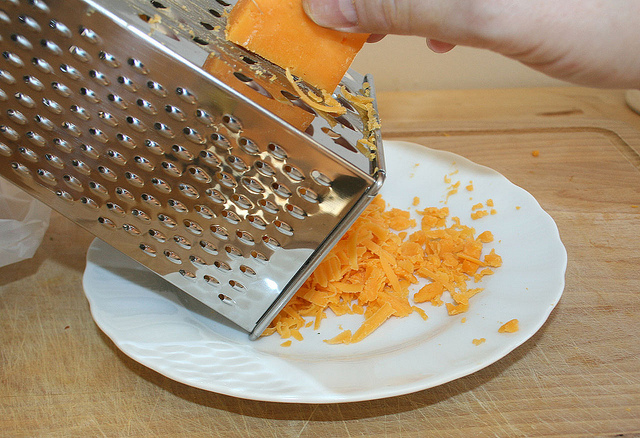
Some brands of shredded cheese include an added ingredient that you would never find in regular blocks of cheese: wood pulp.
Of course, you won’t find the exact words ‘wood pulp’ on the ingredient list – look out for ‘cellulose’… it (apparently!) boosts fibre, adds creaminess and helps shredded cheese not to clump. Pasta and wood pulp, anyone? We don’t think so.
16. Jelly Beans Are Coated In Beetle Poo
Calling all Jelly Bean fans (so, every single person in the world then), you’re in for a nasty shock…
The gooey, fruity delights are just TOO easy to binge-eat. But what if we told you a Jelly Bean gets it tempting, shiny coating from shellac: a less-vile sounding name for lac bug secretions…
[dx_custom_adunit mobile_id=”RTK_ZIkz”]
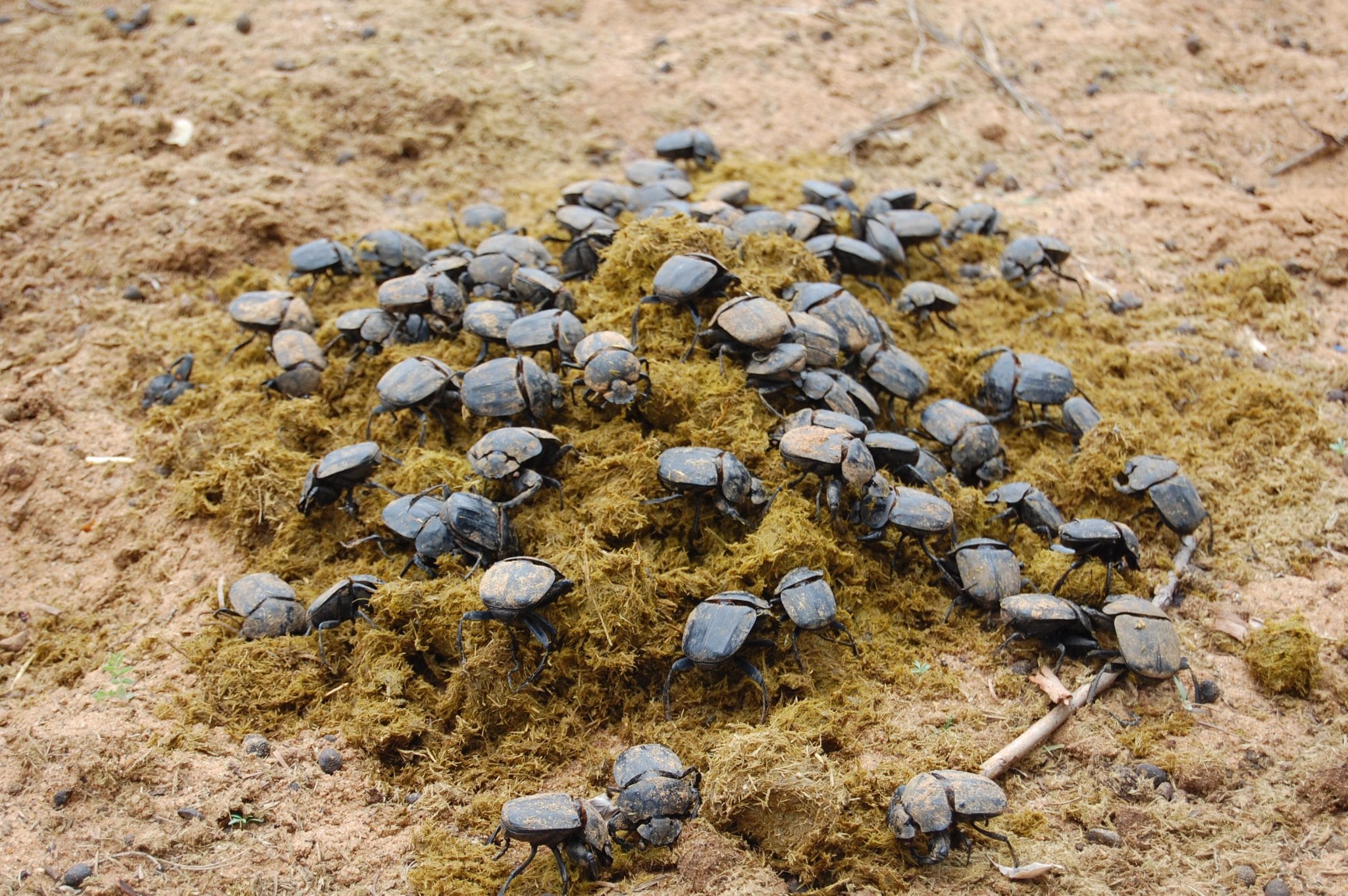
https://www.instagram.com/p/Bwrp_4ZnKg1/
Yes – ladies and gents – your favourite Friday night munchies are made from the excrement of beetles, bug poop, beetles dung – whatever you want to call it…
15. Beer Is Fishy Too
Like you assumed with wine, you might expect beer to be veggie or vegan too, but far too often, it’s not the case.
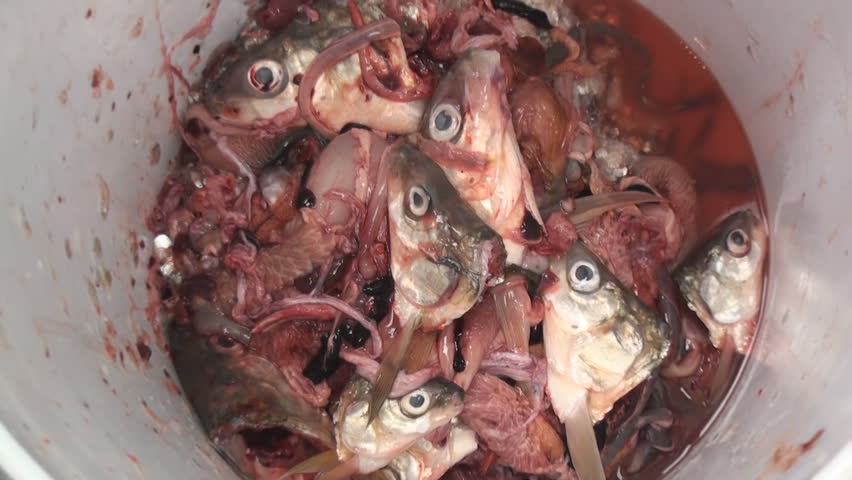
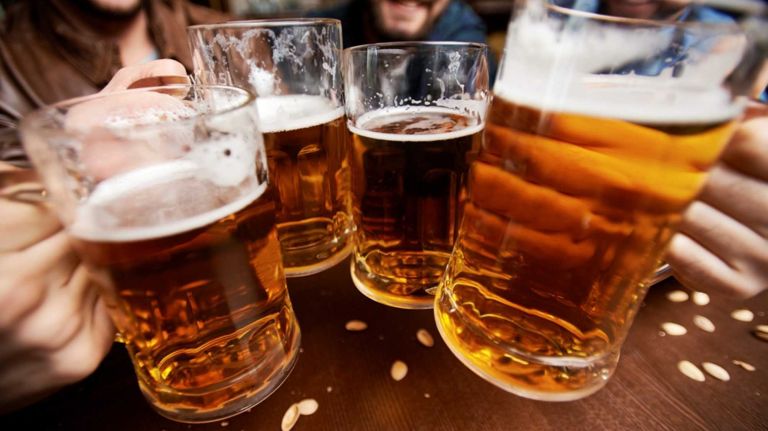
Yep, you guessed it – many beers are filtered through that gross, gross (and even more gross) fish bladder additive. Tee total, anyone!?
Although beer is made from four basic ingredients: barley, water, hops and yeast, the production process is an essential part of turning the yeast into alcohol and CO2, creating the beer.
[dx_custom_adunit mobile_id=”RTK_qQCt”]
14. Baked Goods Can Contain Duck Feathers
Thought baking your own bread was a complete and utter waste of time? Well, mass-produced goods, like bagels and other bread products, often contain L-cysteine: an amino acid that works to strengthen the dough.
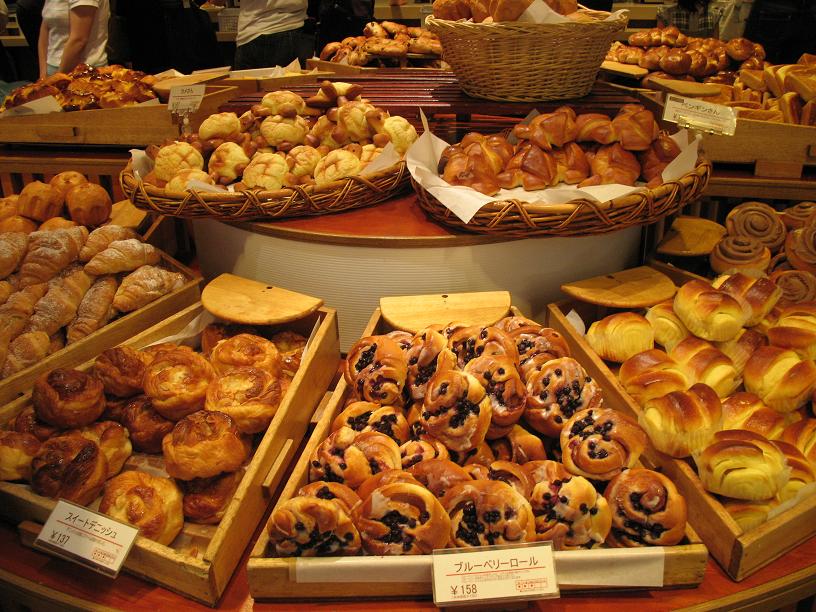
While L-cysteine can be man-made, it is an expensive product – so, most of the time companies just use duck feathers, human hair or pig bristles and hooves instead. No biggie.
13. Companies Add Viruses To Meat Products
As bizarre as it sounds, some companies choose to add specific viruses to their poultry, egg and meat products in order to keep their customers healthy. Here’s how it works…
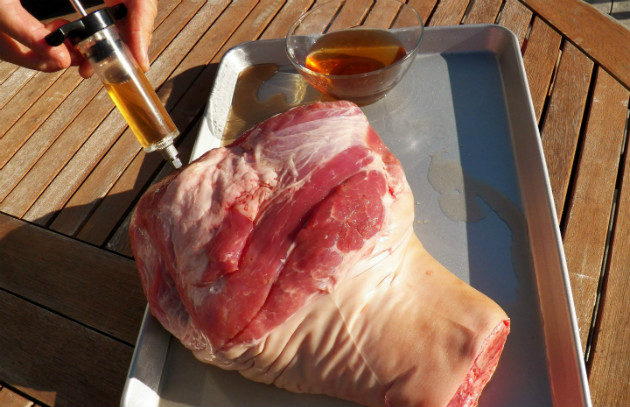
They add bacteriophages to food to prey on other kinds of viruses – like Listeria – and ensure their are no (very) harmful diseases lurking in these products. Shocking? Absolutely. Makes sense? Definitely.
12. Arsenic In Your Cereal
Everywhere you look in the food industry, you’ll find products with traces of the potent human carcinogen arsenic.
https://www.instagram.com/p/BwteRcNgNhH/
From rice, to baby food, to fruit juice, you don’t need to look hard to find arsenic in your diet.
[dx_custom_adunit mobile_id=”RTK_iquJ”]
11. Antifreeze Compound In Your Soft Drink
Of course, drinking a soft drink isn’t the same as downing a bottle of antifreeze…
https://www.instagram.com/p/BwrfNqIA6Bq/
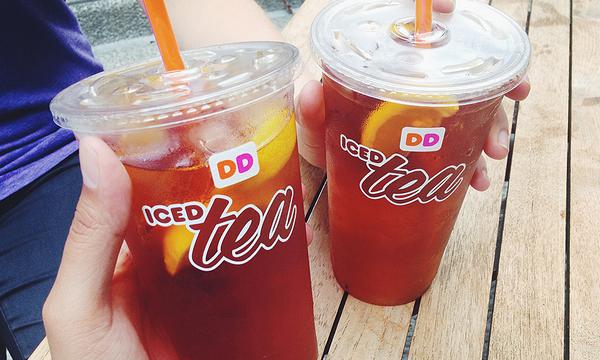
But if your drink has the ingredient propylene glycol in it – a component used to maintain flavour during storage – then it contains the same compound used to make antifreeze products. Yum!
[dx_custom_adunit mobile_id=”RTK_wiHk”]
10. Boiled Insect Shells In Your Frappuccino
It might sound pretty harmless, but the food colouring ‘carmine’ (aka natural red) is produced by boiling up female cochineal insect shells in ammonia.
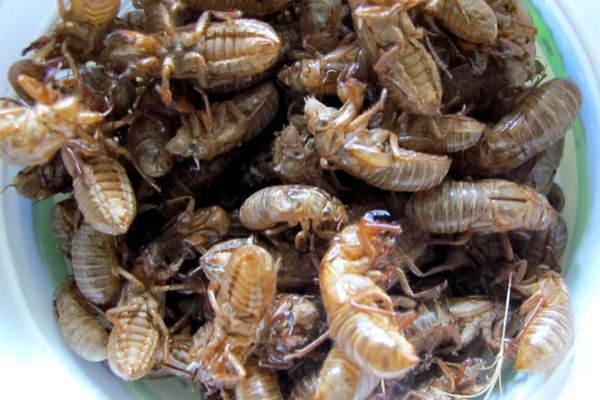
https://www.instagram.com/p/BwrxxlCA4d0/
Cast your minds back to 2012 when Starbucks hit the news for using the additive in their frappuccinos... feeling squeamish yet?
[dx_custom_adunit mobile_id=”RTK_DdY1″]
9. Sheep’s Wool In Fruit Juice
If you’re serious about being a vegan, or if you’re just feeling grossed out – you might want to start reading the ingredients on your fruit juice carton…
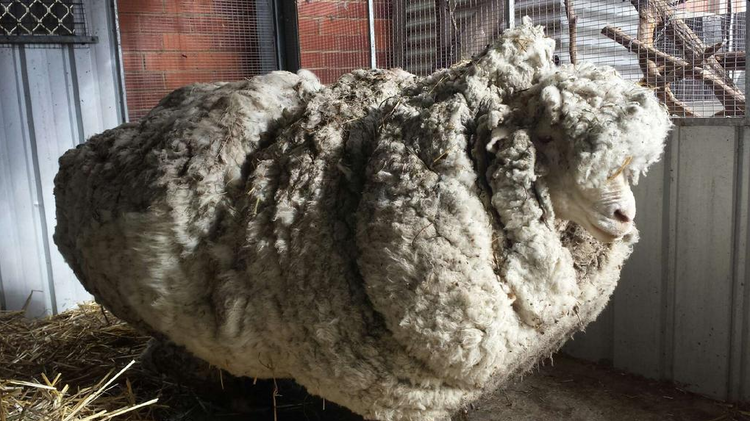
Some juices (the ones that are often branded as ‘healthy’) contain a vitamin called D3 – sourced from sheep’s wool – lovely!
8. Boiled Animal Skin And Bones In Chewing Gum
What extent would you go to the get fresh, minty breath? We sure as anything bet you wouldn’t consume the remains boiled animal skin and bones…
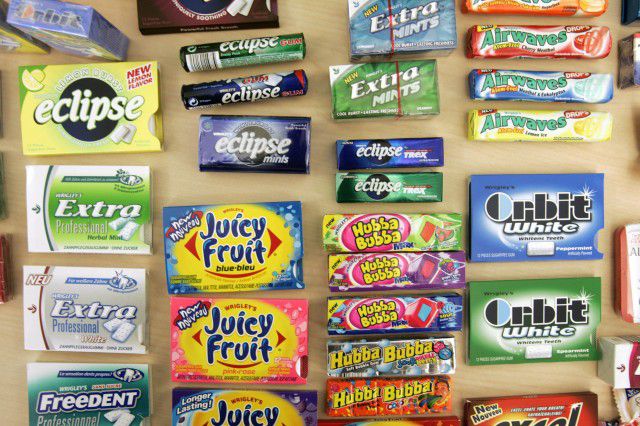
Some gums use bases which are made of either stearic acid or gelatin (that thing in marshmallows) derived from meat processing.
7. Sugar Cubes Made From Animal Bones
White sugar is often bleached by being filtered through animal bones… the bones are heated to very high temperatures, which helps to remove the impurities from sugar.
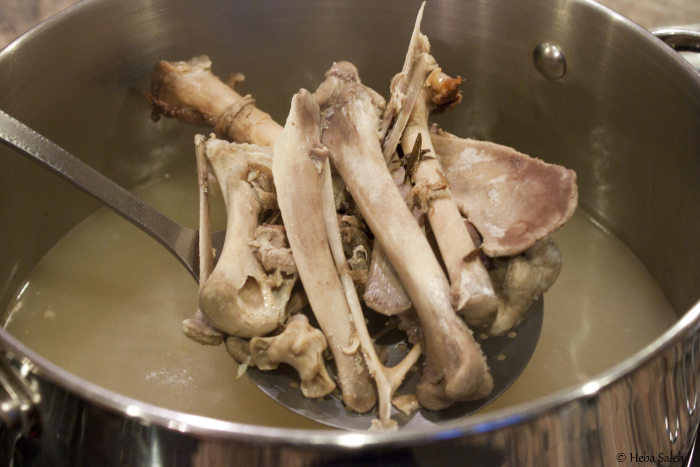
https://www.instagram.com/p/BwhhAlvAeEj/
Don’t build your hopes up – brown sugar isn’t anymore vegan friendly – it’s just white sugar with molasses added back in!
[dx_custom_adunit mobile_id=”RTK_ZoXg”]
6. Beaver’s Urine In Ice-Cream
If you enjoy eating strawberry or vanilla ice-cream (and who doesn’t!), you might just be eating urine secretions from a beaver…
https://www.instagram.com/p/BwtkzAeFQIM/
But don’t worry too much – it’s an FDA-approved food additive – it’s also allowed to be called ‘natural flavouring’ so it’s likely you’ll never know…
[dx_custom_adunit mobile_id=”RTK_hW7Y”]
5. Kraft’s Macaroni Cheese Contains Coal Tar
You might’ve seen bloggers recently petition to encourage food processing company Kraft to remove dyes from their (admittedly delicious) macaroni cheese product.
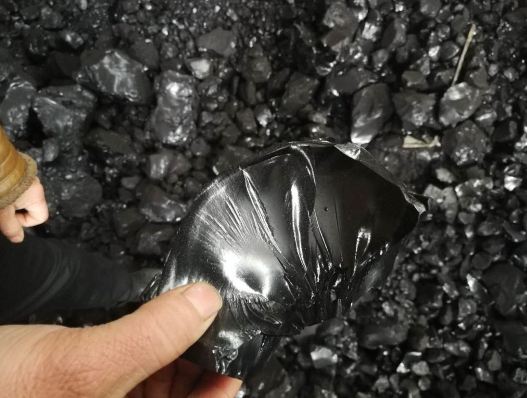
https://www.instagram.com/p/BPNMsnujQrL/
The food contained a long list of different dyes, one of those derived from coal tar – yum!
[dx_custom_adunit mobile_id=”RTK_0mO0″]
4. Chicken McNuggets With A Side Of Breast Implant Filler, Anyone?!
McDonald’s Chicken McNuggets haven’t exactly got a reputation for being the healthiest food in the world, but they’ve not got a reputation for being ‘chicken’ either.
https://www.instagram.com/p/BwqoCD1HHbV/
Ok, ok Mackies gets a hard time and yes, they have improved the quality of their produce in recent years… but we couldn’t help but inform you that one of their former ingredients was chemical dimethylpolysiloxane: a silicone that is often used in breast implants.
3. Human Hair In Dunkin’ Donuts
Need a reason to stop guzzling on far too many donuts? It doesn’t get much better than this! Trust us – there’s no way you’ll EVER eat a donut again…
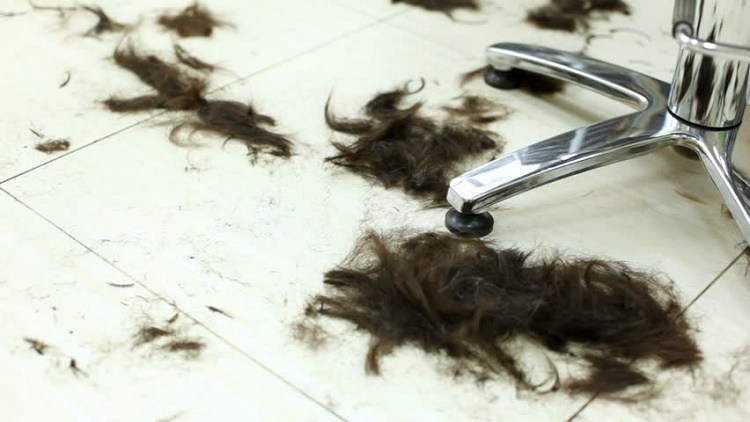
https://www.instagram.com/p/BwtcSbanc9Z/
L-Cysteine – an addictive used by Dunkin’ Donuts and other fast food places – has been reported to traditionally contain human hair – gathered from Chinese barbershops and hair salons. Yep – you read that right, many different fast food chains use the amino acid as a flour improver for their baked goods.
If that’s not enough to put you off, we don’t know what is!
[dx_custom_adunit mobile_id=”RTK_QejT]
2. Rodent Hair Is Allowed In Peanut Butter
Everyone knows that producing food on a mass scale in an industrial facility is the opposite of home cooking – let’s put it like this, it’s not exactly ‘healthy’. So, it’ll probably not come as a massive shock that in a giant warehouse space, they’ll be a few rodents knocking around.
https://www.instagram.com/p/BwtWVzOl_gP/
That’s the reason why the FDA allows a certain amount of rodent hair (which they called ‘unavoidable defects’) in different food products. In case you were wondering, that’s one rodent hair for every 100g choccie, 22 rodent hairs for every 100 cinnamon and 5 for every 18oz jar of peanut butter.
1. Fire-Retardant Is Used In Some Caviar!
Banned in both Canada and the US but allowed in the EU, E285 (aka borax) is also used in fire-retardant and anti-fungal compounds – preserving food and controlling acidity in certain products.
https://www.instagram.com/p/BwtIekGp4a9/
You’re most likely to find it in Asian noodles and rice dishes – oh and (if you’re feeling posh) in some caviar!
How Can I Avoid Eating These Things?
You probably never knew any of the above ingredients were in the foods you eat every day, did you (don’t worry – neither did we)?
The good news? All the seemingly gross ingredients used in these products have been approved by the FDA (the Food and Drug Administration), who’ve deemed them are relatively harmless and safe to be used in manufacturing.
FDA organisations are different in different countries – for example, as mentioned previously, in the USA and Canada the chemical borax (the one that preserves food and controls the acidity) is banned, but it is allowed in areas of the EU.
The bad news? As mentioned, brands often label these (shocking) ingredients under a different, umbrella term making consumers less aware of the things that go into the foods they eat regularly – look out for ‘cellulose’ (wood pulp), ‘unavoidable defects’ (rat hair) and L-Cysteine (sometimes human hair).